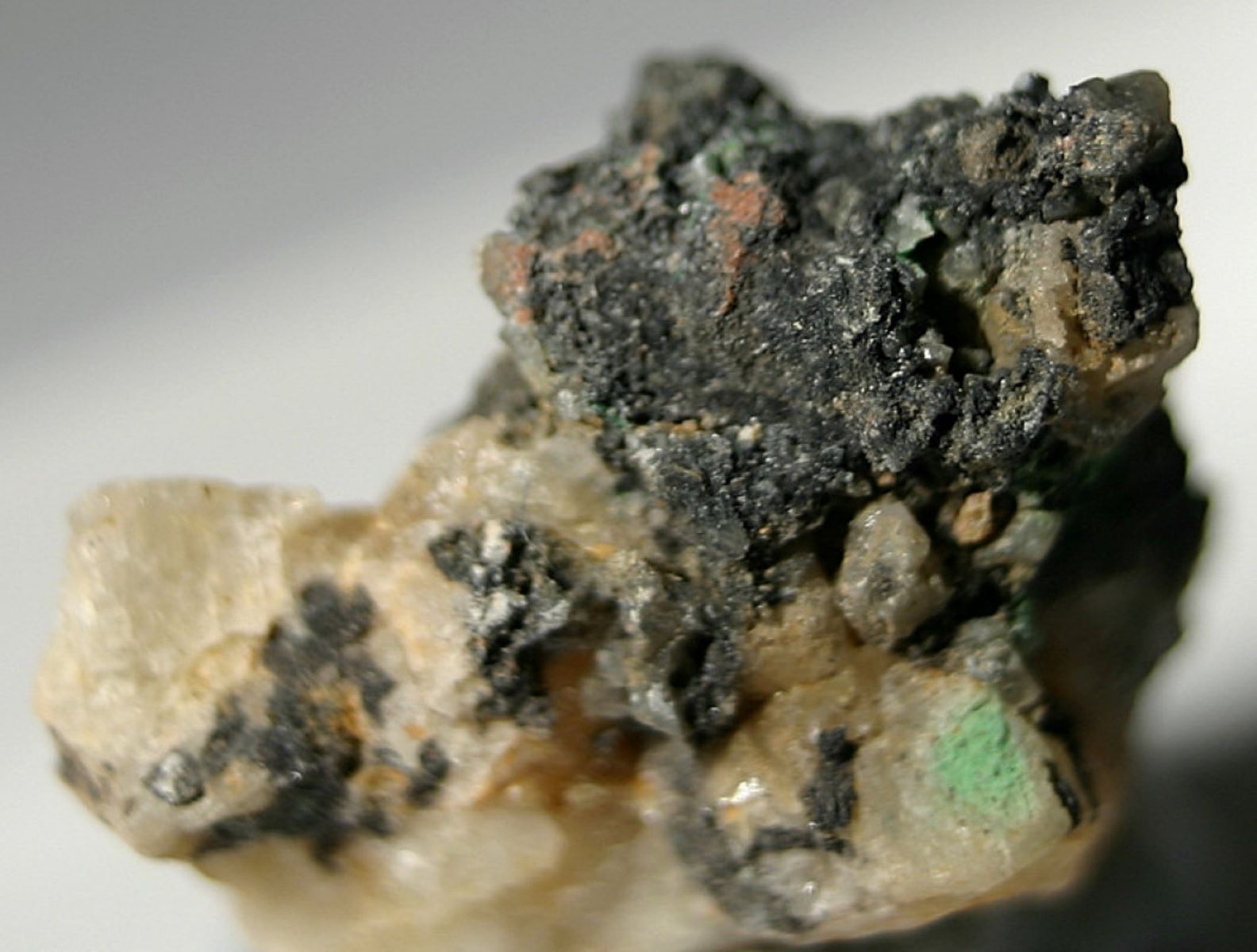
Botched executions are a grim reminder of the fallibility of human systems. These mishaps, often shrouded in secrecy, reveal unsettling truths about capital punishment. What exactly constitutes a botched execution? It refers to an execution that fails to follow the intended protocol, resulting in prolonged suffering or unexpected complications. From malfunctioning electric chairs to lethal injections gone awry, these incidents highlight the unpredictable nature of death sentences. This post delves into 34 startling facts about botched executions, shedding light on the harrowing experiences of those involved. Prepare to uncover the dark side of justice and the chilling reality behind these failed attempts.
Key Takeaways:
- Botched executions throughout history reveal the unpredictable and often gruesome nature of capital punishment, raising ethical and legal concerns.
- Public and media reactions to botched executions can sway opinions on the death penalty, impacting families of victims and inmates.
Botched Executions: A Grim Reality
Executions are meant to be swift and humane, but history shows that things don't always go as planned. Here are some startling facts about botched executions that reveal the darker side of capital punishment.
Historical Botched Executions
Throughout history, many executions have gone terribly wrong. These incidents highlight the unpredictable nature of death sentences.
- In 1879, Tom Ketchum was decapitated during a hanging in New Mexico because the rope was too long.
- William Kemmler, the first person executed by electric chair in 1890, took over eight minutes to die as the current was too weak.
- Eva Dugan was accidentally decapitated during her hanging in Arizona in 1930, horrifying the witnesses.
- Jesse Tafero's electric chair execution in 1990 resulted in flames shooting from his head due to a malfunctioning sponge.
Lethal Injection Mishaps
Lethal injection is often considered the most humane method, but it has its own set of problems.
- Clayton Lockett's 2014 execution in Oklahoma took 43 minutes due to a failed IV line, causing him immense pain.
- Angel Nieves Diaz took 34 minutes to die in 2006 because the needles were improperly inserted, leading to a painful death.
- Joseph Wood's 2014 execution in Arizona lasted nearly two hours as he gasped for air due to a drug combination failure.
- Romell Broom survived his 2009 execution attempt in Ohio after technicians failed to find a suitable vein for two hours.
Gas Chamber Failures
The gas chamber was once a popular method, but it too has seen its share of botched executions.
- Jimmy Lee Gray died in 1983 in Mississippi, but not before gasping and banging his head against a metal pole for eight minutes.
- Donald Harding's 1992 execution in Arizona took 10 minutes, during which he thrashed and struggled violently.
- Caryl Chessman's 1960 execution in California took over 10 minutes, with witnesses reporting he appeared to be in agony.
Firing Squad Errors
Even the seemingly straightforward firing squad has had its mishaps.
- Elijah Page's 2007 execution in South Dakota was delayed because the firing squad members were not properly trained.
- Ronnie Lee Gardner's 2010 execution in Utah saw one of the shooters miss his heart, prolonging his death.
Hanging Gone Wrong
Hanging, one of the oldest methods, has also seen numerous failures.
- George Painter's 1894 hanging in Illinois resulted in him being strangled for 15 minutes because the drop was too short.
- John "Babbacombe" Lee survived three hanging attempts in 1885 in England because the trapdoor mechanism failed each time.
- Joseph Samuel survived his hanging in 1803 in Australia after the rope broke three times.
Electrocution Disasters
The electric chair has a notorious history of botched executions.
- Pedro Medina's 1997 execution in Florida saw flames and smoke erupt from his head due to a malfunctioning electric chair.
- Allen Lee Davis's 1999 execution in Florida resulted in him bleeding profusely from the nose and suffering burns.
- Frank Coppola's 1982 execution in Virginia took 20 minutes, with witnesses reporting he was still breathing after the first jolt.
Modern-Day Botched Executions
Even in recent times, executions can go horribly wrong.
- Doyle Hamm's 2018 execution in Alabama was called off after multiple failed attempts to find a vein, leaving him in pain.
- Dennis McGuire's 2014 execution in Ohio took 25 minutes, during which he gasped and struggled due to a new drug combination.
- Alva Campbell's 2017 execution in Ohio was halted after officials failed to find a suitable vein for 25 minutes.
International Botched Executions
Botched executions are not just an American issue; they happen worldwide.
- Saddam Hussein's 2006 hanging in Iraq saw his head twisted grotesquely due to a miscalculation in the drop length.
- Kim Jong-nam's 2017 assassination in Malaysia with VX nerve agent caused him to suffer a painful and prolonged death.
- Nguyễn Văn Lém's 1968 execution in Vietnam was captured on film, showing him writhing in pain after being shot in the head.
Unusual Botched Executions
Sometimes, the method itself is unusual, leading to unexpected outcomes.
- Gary Gilmore's 1977 execution by firing squad in Utah saw one of the shooters miss, prolonging his death.
- Robert Harris's 1992 gas chamber execution in California took 15 minutes, during which he convulsed violently.
- John Louis Evans's 1983 electric chair execution in Alabama took 14 minutes, with three separate jolts required to kill him.
Legal and Ethical Implications
Botched executions raise significant legal and ethical questions.
- The Eighth Amendment of the U.S. Constitution prohibits cruel and unusual punishment, yet botched executions continue to occur.
- Human rights organizations argue that botched executions are a violation of basic human dignity and call for the abolition of the death penalty.
- Medical professionals are often reluctant to participate in executions, leading to poorly trained personnel handling the procedures.
Public Reactions and Media Coverage
Public and media reactions to botched executions can influence opinions on capital punishment.
- The media coverage of Clayton Lockett's botched execution led to widespread outrage and calls for a moratorium on the death penalty.
- Public opinion often shifts against the death penalty following high-profile botched executions, as people question the morality and efficacy of the practice.
- Families of victims and inmates alike suffer emotional trauma from botched executions, complicating the debate on capital punishment.
Final Thoughts on Botched Executions
Botched executions highlight the grim reality of capital punishment. These incidents expose flaws in the system, raising ethical and legal concerns. From malfunctioning equipment to human error, the reasons behind these failures vary, but the consequences remain severe. Victims suffer prolonged pain, and the justice system faces scrutiny.
Understanding these facts helps us grasp the complexities of the death penalty. It’s not just about the crime or the punishment but also about ensuring humane treatment. As society evolves, so do our views on justice and morality. Reflecting on these botched executions forces us to question the effectiveness and humanity of capital punishment.
By shedding light on these cases, we hope to spark conversations about justice reform. Whether for or against the death penalty, knowing the facts is crucial for informed opinions.
Frequently Asked Questions
Was this page helpful?
Our commitment to delivering trustworthy and engaging content is at the heart of what we do. Each fact on our site is contributed by real users like you, bringing a wealth of diverse insights and information. To ensure the highest standards of accuracy and reliability, our dedicated editors meticulously review each submission. This process guarantees that the facts we share are not only fascinating but also credible. Trust in our commitment to quality and authenticity as you explore and learn with us.


